1970

1970
NCIS APPOINTS FIRST EXECUTIVE OFFICER AND ESTABLISHES OFFICE IN GEELONG

1970
NCIS FIRST MEETING WITH FEDERAL EDUCATION MINISTER
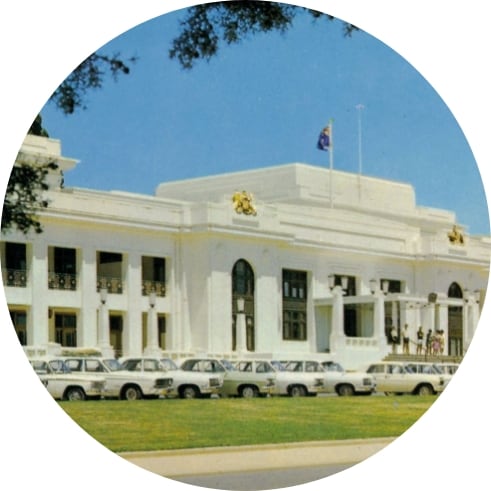
1970
ESTABLISHMENT OF NATIONAL COUNCIL OF INDEPENDENT SCHOOLS (NCIS)

1973
KARMEL REPORT

399
INDEPENDENT SCHOOLS
114,207
INDEPENDENT STUDENTS
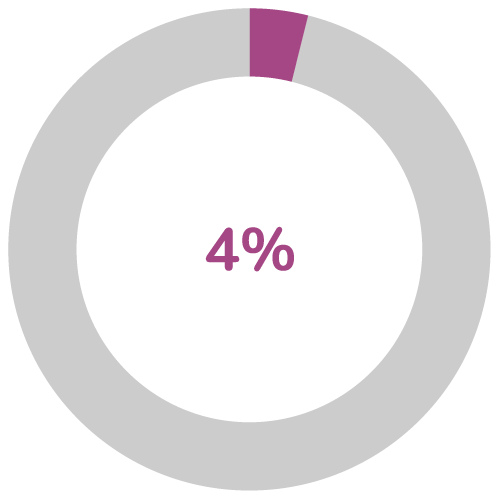
4%
ENROLMENT SHARE
1974
AISACT JOINS NCIS

1975
NCIS MOVES TO MELBOURNE

1977
FIRST BIENNIAL CONFERENCE

Chairs
Mr lan Dixon
Mr Peter Thwaites
Mr John Rundle
Dr Len Weickhardt
Mr Geoffrey Kennedy
Executive Directors
Mr Alan Scott
Rev Leigh Cook
Rev Bob Gregory
1980

1981
1981 DOGS High Court result
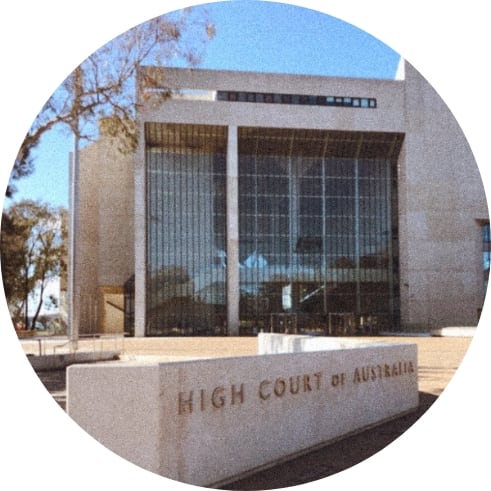
1983
NCIS Moves to Canberra and opens NCIS Headquarters

1985
Education Resources Index

1985
School funding moves to Department of Education

1989
The Hobart Declaration on Schooling

529
INDEPENDENT SCHOOLS
144,270
INDEPENDENT STUDENTS
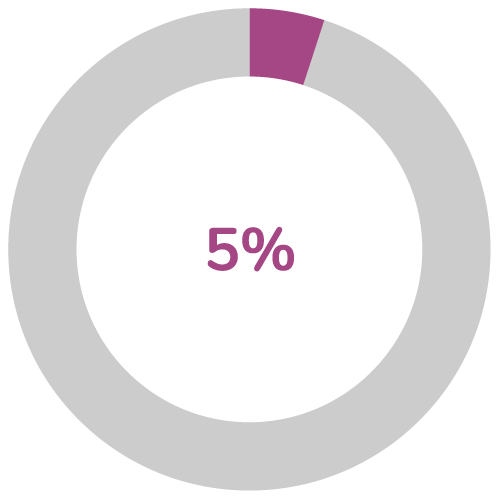
5%
ENROLMENT SHARE
1989
New constitution and name change to NCISA

1989
Association of Independent Schools of the Northern Territory join NCISA

Chairs
Mr Geoffrey Kennedy
Mr Peter Rhoden
Mr Tom Chapman
Mr Bert Stevens
Dr Peter Macarthur
Executive Directors
Rev Bob Gregory
Mr Peter Wilkinson
Mr Berry Durston
Mr Fergus Thomson
1990

1994
National Equity Program for Schools

803
Independent Schools
252,611
Independent Students
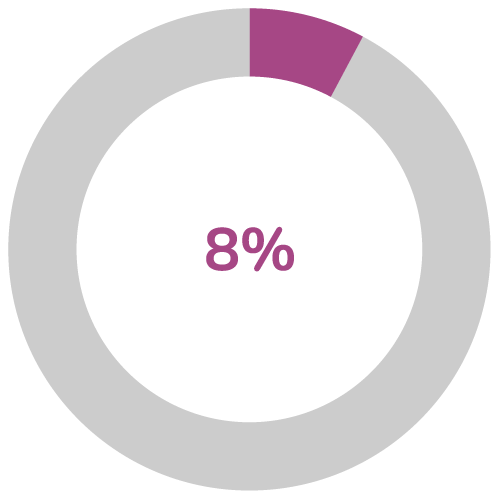
8%
Enrolment share
1997
Review of the ERI and Development of the SES Funding Model
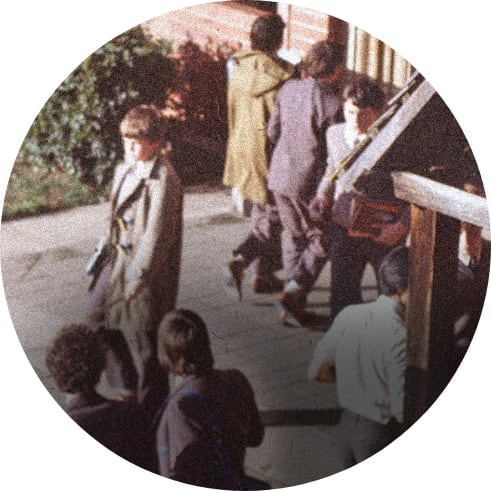
1998
NCISA’s First Commissioned Research Report
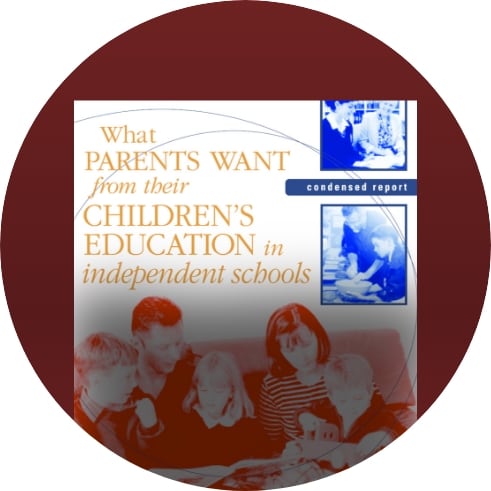
1999
The Adelaide Declaration

Chairs
Dr Peter Macarthur
Dr Darrell Fisher
Mr John Ralston
Mr Stephen Newton
Executive Directors
Mr Fergus Thomson
2000

2001
Introduction of the SES Funding Model

2001
The Independent Schools National Consultative Group

2003
NCISA becomes ISCA

2008
The Melbourne Declaration on Educational Goals for Young Australians

938
Independent Schools
357,507
Independent Students
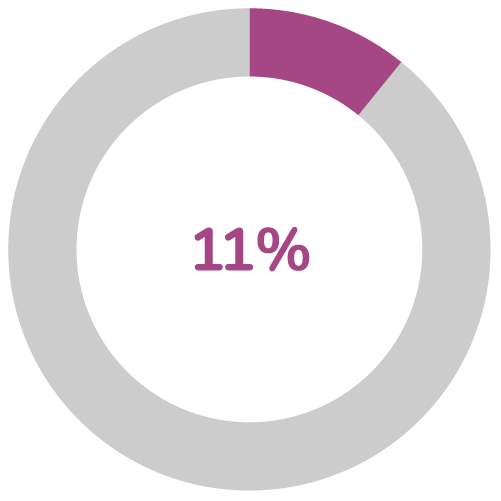
11%
Enrolment share
2008
Introduction of NAPLAN testing

2009
Building the Education Revolution

Chairs
Mr Stephen Newton
Mr Chris Tudor
Dr Ken Evans
Mr Mark Porter
Executive Directors
Mr Fergus Thomson
Mr Bill Daniels
2010

2010
Launch of My School website

2011
Review of Funding for Schooling
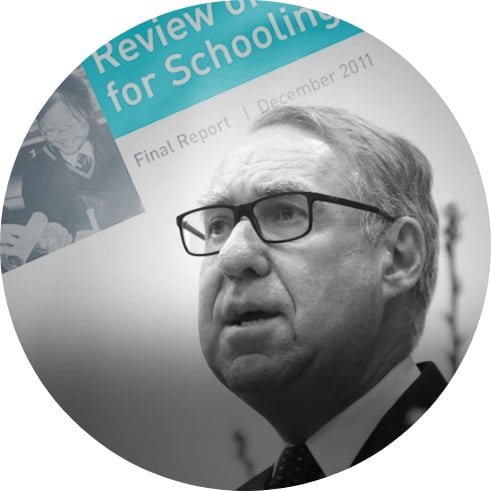
1,017
Independent Schools
491,233
Independent Students

14%
Enrolment share
2013
The SRS funding model
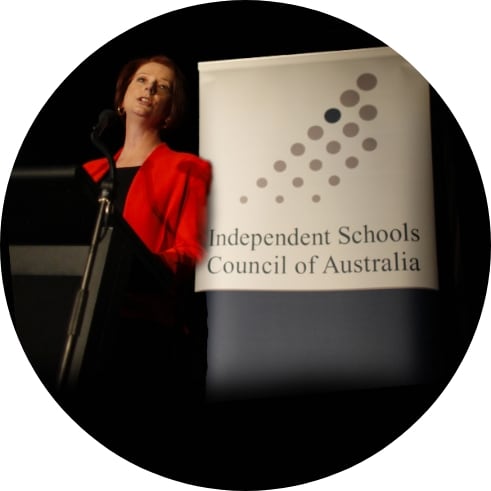
2017
Modifications to the SRS funding model

2018
National Schools Resourcing Board and the SES review

2019
The Alice Springs (Mparntwe) Education Declaration

Chairs
Mr Mark Porter
Mr John Ralston
Mr Warwick Dean
Mr Steven Bowers
Mr Michael Jones OAM
Executive Directors
Mr Bill Daniels
Dr Yvonne Luxford
Ms Colette Colman
Mr Barry Wallett
2020
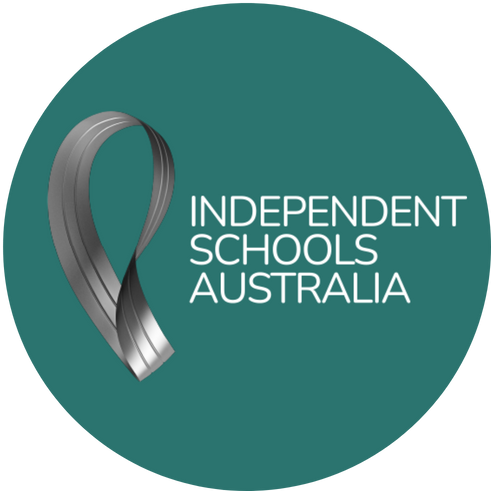
1148
Independent Schools
631,762
Independent Students
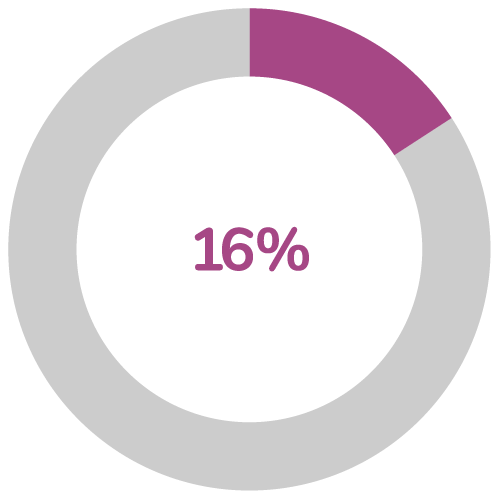
Enrolment share (*Figures from 2019 school census plus Catholic independent schools)
2020
Implementation of DMI Methodology

2020
ISCA becomes Independent Schools Australia

Chairs
Michael Jones OAM
Executive Directors
Dr David Mulford
Ms Margery Evans


